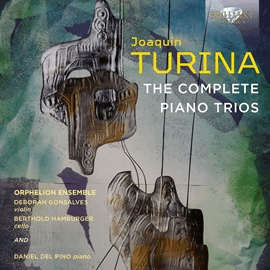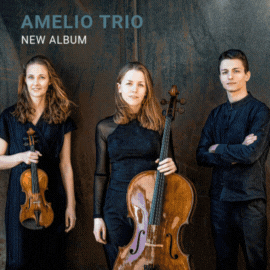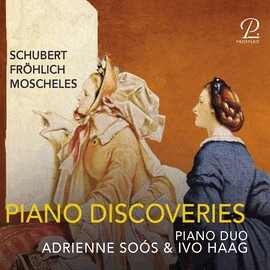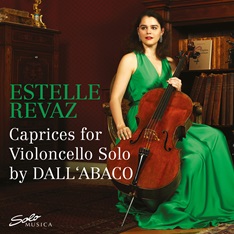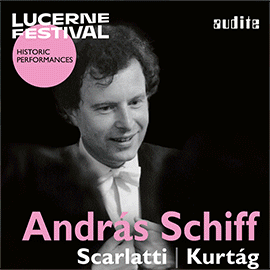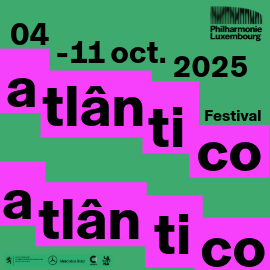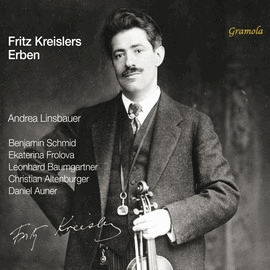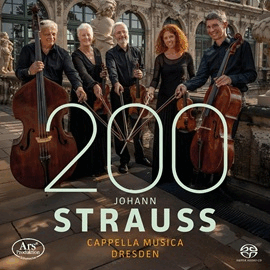Joseph Marie Clemens Dall’Abaco, Sohn von Evaristo Dall’Abaco wurde 1710 in Brüssel geboren, lebte erst in Bonn, reiste nach Italien und England, bevor er ganz nach Italien übersiedelte, wo er 1805 in Arbizzano di Valpolicella in der Provinz Verona starb.
Seine Capricci sind der breiten Öffentlichkeit kaum bekannt. Diese Werke für ein Cello solo sind aber keine bloßen Übungen für einen Cellisten. Auf der einzigen erhaltenen Abschrift des Manuskripts sind elf Werke überliefert, obwohl wahrscheinlich zwölf existierten. Wohl in den 1770er Jahren entstanden, zeigen sie Ähnlichkeiten mit dem von Carl Philipp Emanuel Bach eingeführten empfindsamen Stil, in mancherlei Hinsicht folgen sie aber auch den Suiten für Cello solo von Johann Sebastian Bach. Viele der Stücke vermitteln einen Hauch von Melancholie, insbesondere die in Moll geschriebenen. Daneben lassen sich Anspielungen auf Tänze des 17. und 18. Jahrhunderts erkennen, zum Beispiel Allemande bzw. der Courante in dem zweiten und dem sechsten Capriccio. Komplexe Mehrstimmigkeit zeichnet das siebte und vor allem das achte Capriccio aus. Durch alle zieht sich als gemeinsames Element eine Anspielung auf das Perpetuum mobile durch die Wiederholung bestimmter Rhythmen oder bestimmter Figurationen.
Estelle Ravez hebt diesen unbekannten Schatz mit ihrem Spiel auf hohem technischem Niveau. Ihr lupenrein intonierter Klang überzeugt ebenso wie sie die Phrasierungen klar zeichnet. Bei den dynamischen Abstufungen geht sie mit viel Finesse ans Werk. Außerdem findet sie die Verbindung zwischen galantem Ausdruck einerseits und barockem Anklang andererseits. So stellen sich die Werke als Verbindung zwischen den ca. ein halbes Jahrhundert vorher entstandenen Suiten von Bach und nachfolgenden Kompositionen.
Joseph Marie Clemens Dall’Abaco, son of Evaristo Dall’Abaco, was born in Brussels in 1710, first lived in Bonn, then traveled to Italy and England before moving to Italy, where he died in Arbizzano di Valpolicella in the province of Verona in 1805.
His Capricci are hardly known to the general public. However, these works for solo cello are not mere exercises for a cellist. The only surviving copy of the manuscript contains eleven works, although twelve probably existed. Probably composed in the 1770s, they show similarities with the sensitive style introduced by Carl Philipp Emanuel Bach, but in some respects, they also follow the suites for solo cello by Johann Sebastian Bach. Many of the pieces convey a touch of melancholy, especially those written in a minor key. There are also allusions to 17th and 18th century dances, for example Allemande and Courante in the second and sixth Capriccio. The seventh and especially the eighth Capriccio are characterized by complex polyphony. A common element running through all of them is an allusion to the perpetuum mobile through the repetition of certain rhythms or figurations.
Estelle Ravez lifts this unknown treasure with her playing at a high technical level. Her flawlessly intoned sound is just as convincing as her clear phrasing. She approaches the dynamic gradations with great finesse. She also finds the connection between gallant expression on the one hand and baroque appeal on the other. The works thus present themselves as a link between Bach’s suites, written around half a century earlier, and subsequent compositions.




